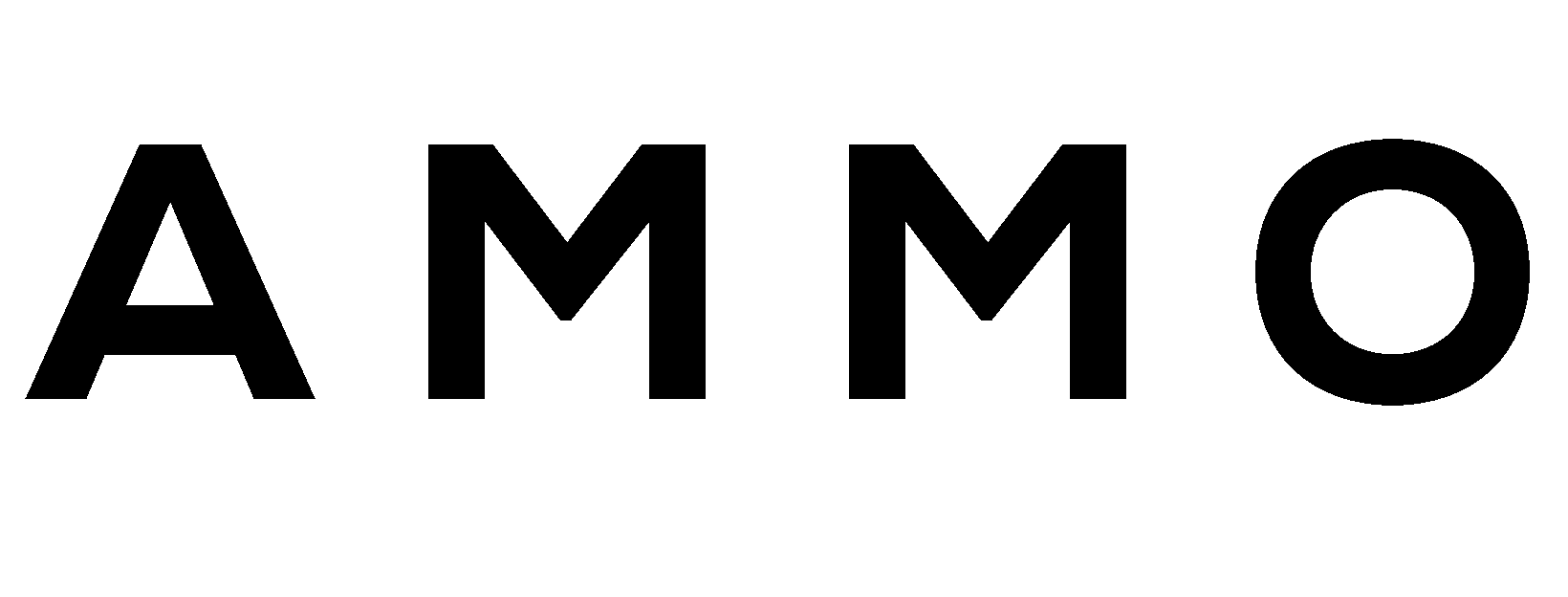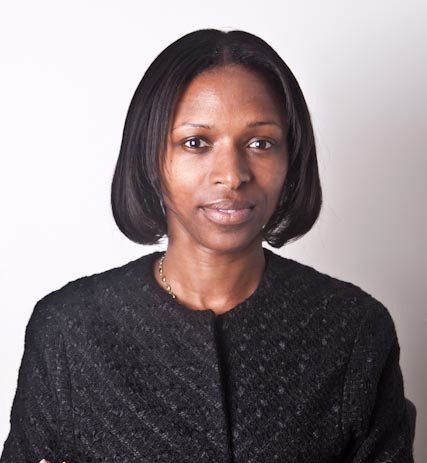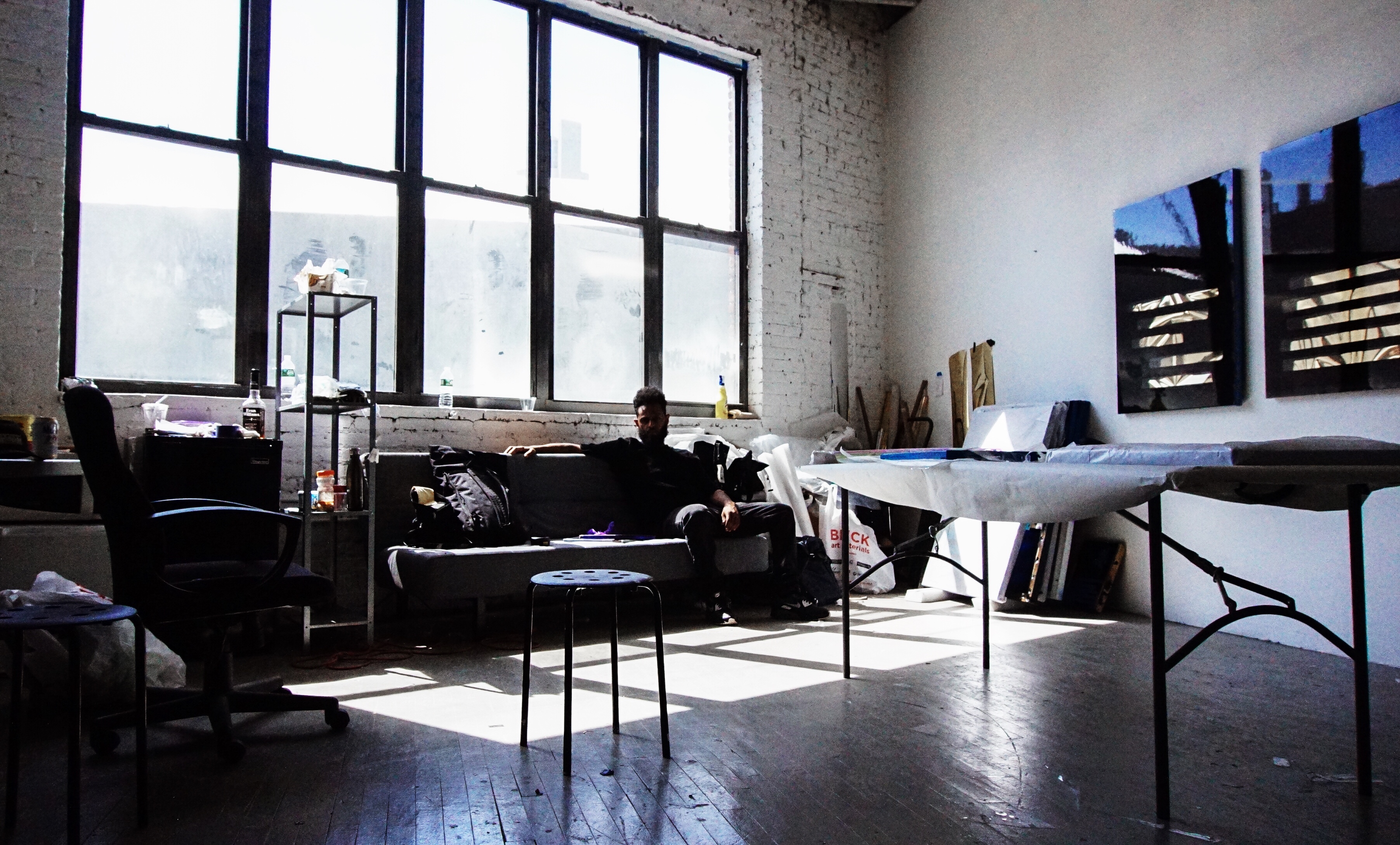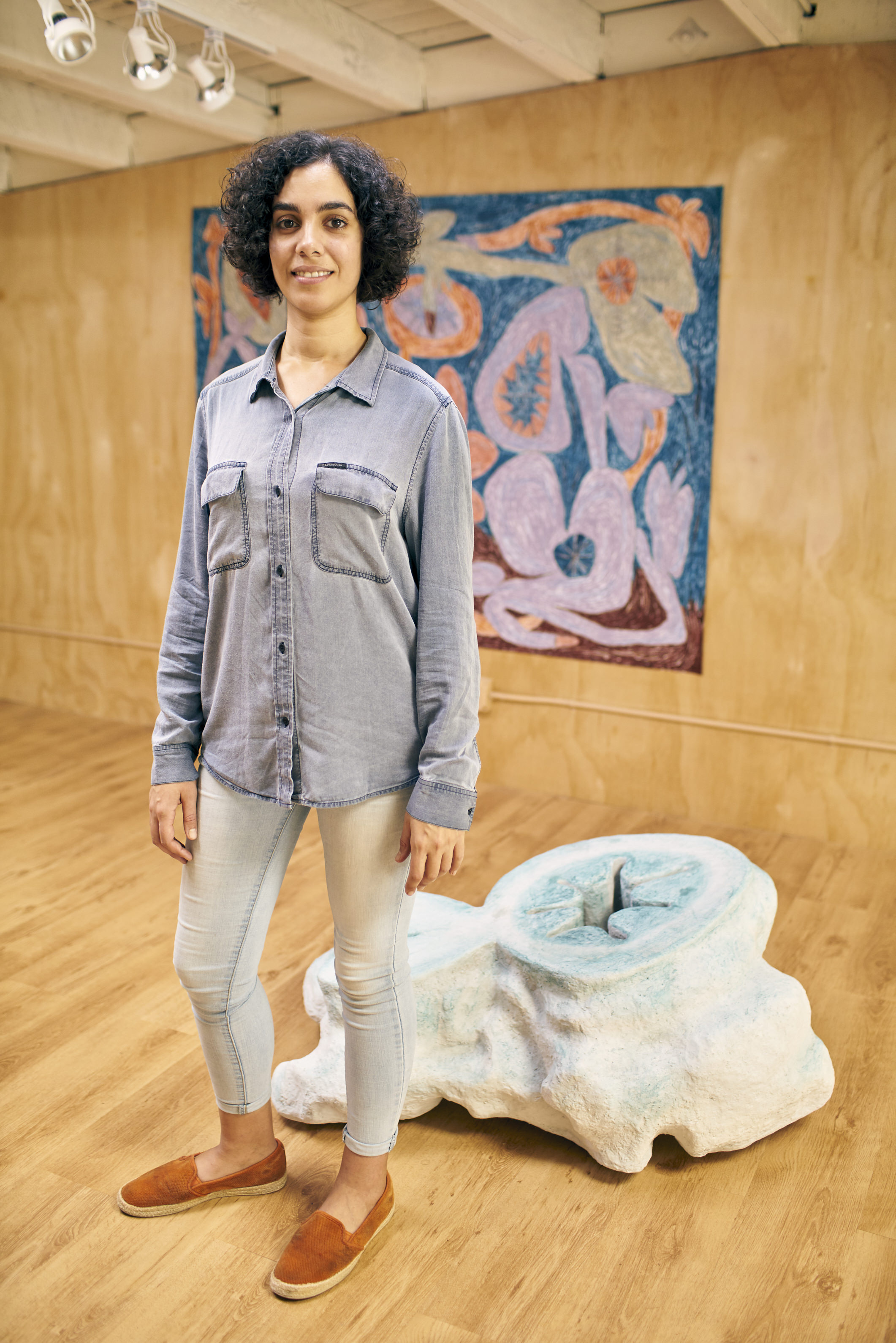What’s your AMMO?
‘Excellence is to do a common thing in an uncommon way’. Booker T Washington
What inspired you to pursue art, what is one of your youngest and most vivid memories of a growing relationship with art?
My first visit ever to a museum was a school trip at 16 years old to the Courtauld Institute of Art in London. Founded by industrialist and art collector Samuel Courtauld in 1932, Its galleries houses one of the finest collections of impressionist and post-impressionist paintings in the world. I took one look at Paul Cezanne’s The Card Players (c.1887) and it was just love at first sight.
Tell us about Dash & Rallo Art Advisory.
One of the most invigorating sectors of growth to have emerged in recent years is the burgeoning market of contemporary art in Africa. We set up Dash & Rallo Art Advisory, the first and only bespoke international art consultancy specialising in contemporary art from Africa and its diaspora. We created a one stop advisory where we help collectors source and acquire contemporary art from across the continent as a whole incorporating artists from all regions including the Muslim cultures of North Africa to the sub-Saharan nations of the south as well as the American and Caribbean diaspora. Our main aim is to advise on all aspects of establishing and building art collections, providing art consulting services for our collectors including not-for-profits and corporations. The art advisory also works on an individual basis for clients looking for a particular piece by an artist or wanting to sell works privately.
What are the key roles of an art advisor?
The main key role is to develop and implement a collecting strategy for your clients. You establish their tastes, determining which artists and medium they like. A client may buy works across all mediums from photography, painting, sculpture, editions, new media or they may just want to specialize and concentrate on building a collection in one area or a specific subject, for example, the client may only want to collect women artists. So it is very important to know your art history and know the art business as that is the advice you are offering. You should be seeing gallery shows and museum exhibitions regularly as well as attending art fairs and biennales. You are sourcing works by established artists and emerging talent so you should have direct access to galleries, private dealers, foundations and auction houses as well as keeping abreast of the art market in general.
The next factor is setting budgets. How much does the client have to spend? Just because the client has the money does not mean you should spend it all. I tend to work on various financial scales with different clients: some clients have a limit and won’t spend say over $20.000 on a work or some people have a yearly budget which allows you to buy works at varying prices though staying within an overall budget! In addition, it is very important for an art adviser to check the provenance and perform due diligence especially with artworks purchased on the secondary market. For example, year of execution, where it was originally purchased, all previous owners, any exhibition history and if the work is documented in any publications.
Other key factors to consider include organizing installations for your clients, framing, shipping, art handling, conservation, storage, security and insurance.
As the attention on the continent shifts, where do you see Africa growing? How will or should things change?
I think the continent is growing in a dynamic and naturalistic way. Many of the fastest growing economies in the world are now in Africa from Angola, Congo, Ethiopia, Lesotho, Malawi, Nigeria, Rwanda and Tanzania. This growth has had a huge impact not just economically and socially but culturally. it wasn’t long ago in 2000 that the Economist labeled us “Hopeless Africa”. This seemed to change in 2011, when the cover of the publication proclaimed ‘Africa Rising”. Two years on, the magazine recently published a piece describing Africa as “A Hopeful Continent”.
I am not a politician but I am Nigerian though born in England, I grew up living between Lagos and London. There are many variants that people need to consider and understand when discussing where we are now as a continent to where we used to be. It is a continent of 55 very different countries which has only been operating on its own entity devoid of colonial rule since around the 1960s and as far I recall, Rome wasn’t built in a day. What I feel is different now is we are starting to do it ‘our own way’. We can’t all follow the same script, we have to take our own paths as individual countries with many cultures and discover what works for us but also how we work together as a whole continent.
For me, the growth on the continent has really been informed by globalization especially due to technology. The internet and the mobile phone revolution has allowed a intra-cultural exchange of dialogue that never really existed before. With the development of the aviation industry, my generation can now also move more fluidly around flying from country to country. I recall a time when you couldn’t even fly directly from Lagos to Marrakech. Airlines such as Nigeria’s Arik Air now fly to 19 domestic destinations across the continent and now we have Fastjet, Africa’s first pan-African budget airline which will start operating later this year.
This is only the beginning, there has been many investments made across various industries in the past decade or so, and their benefits have yet to even come to fruition. What is certain today, is that the new and emerging markets of some of the world’s fastest growing and potentially largest economies, not just in Africa but also Russia, China, Brazil and India have shifted global economic power away from Western Europe and the United States. I find this picture to be compelling and it will be interesting to see what is ahead for us all!
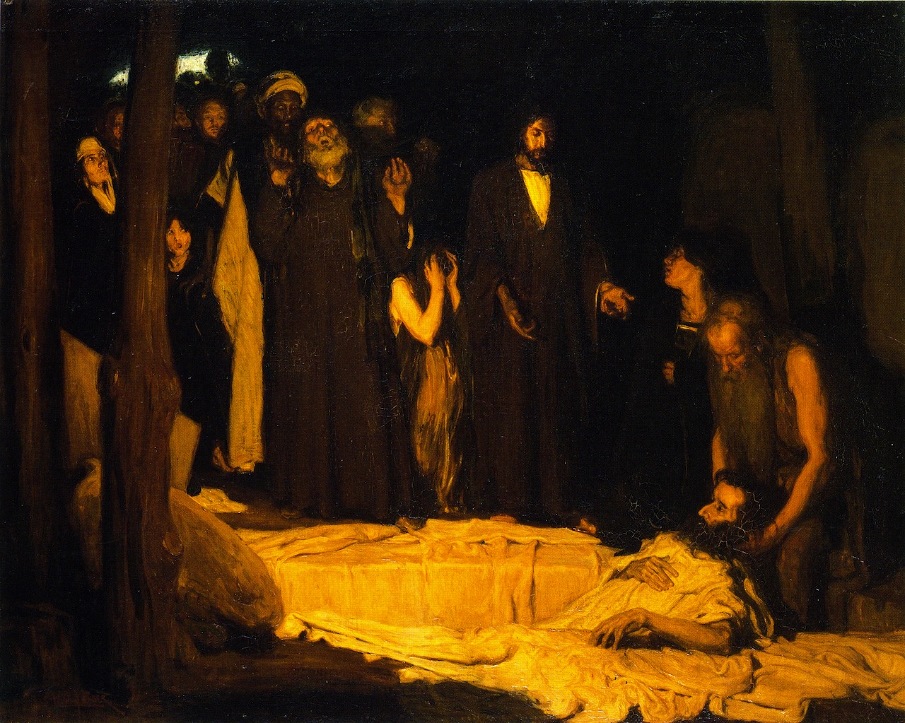
If you could sit down and have a picnic with any 2 people from past or present who would they be?
I would have lunch with African American painter Henry Ossawa Tanner at the Tuileries Garden in Paris in 1898. We would feast on French delicacies while he would tell me about painting his masterpiece The Resurrection of Lazarus (1897), now housed in the Musée d’Orsay, Paris.
I’m going to South Africa for the Jo’Burg art fair in September and I hear the perfect spot for a picnic is the city’s Emmarentia Botanical Gardens. Does it have to be one other person? I would invite many of the South African artists whose work I love from Nandipha Mntambo, Nicholas Hlobo to Zanele Muholi, Kemang Wa Lehulere and Mikhael Subotzky among others …
Any advice for young artists?
Do what comes to you, find your own way, there are no fixed plans so just run with and mix it up. Take whatever roads and avenue, it all comes together in the end! Every advisor loves finding or discovering new talent … it is partly why I love what I am doing. I have seen so many interesting new works by artists over the last few months. I adored the large-scale paintings by Omar Ba which the Senegalese artist makes directly onto corrugated cardboard sheets, in the VITALIC group show at the Hales Gallery in London this early spring. I find something special about the work of Nigerian-born artist Ruby Onyinyechi Amanze whose drawings are currently included in two group shows: Crossing the Lines at Mixed Greens Gallery in New York as well as No One Belongs Here More Than You at Centre for Contemporary Art in Lagos. I am also looking forward to Egyptian artist Sherin Guirguis’ solo show later this year at the Third Line Gallery in Dubai.
